Gentrification —the influx of residents, usually middle to upper class, into an urban area who in turn cause an uptick in property values and rent— is nearly as old as human history: historians note incidences of gentrification in Ancient Rome, when wealthy residents and commercial property owners bought out poorer areas to build large markets and villas. But interest in the concept and effect of gentrification has renewed since the 1970s, when urban life began to regain a level of prestige it had lost following decades of “white flight” to America’s suburbs. Debates rage as to whether or not gentrification is detrimental to the fabric of the American city, but it’s impossible to argue that gentrification doesn’t, for better or worse, change the basic structure of the neighborhoods in which it occurs.
-“New York City’s Disappearing Moms and Pops Storefront”, The Smithsonian
The underground in New York City is the vein which produces new art, where the dancers, singers, poets, performers and other artists gather. In many ways, the halls of the subways are the catwalks of the street. What you see is usually shocking and transformative—leaving you with a sense of wonder and new possibility. And yet the very source —the artist, specifically performers— are being targeted.
The train cars themselves are arena to the B-Boys, the breakdancers who can flip and jump while the train is moving. B-Boys have existed since the 1980s, and were the face of the underground hip-hop movement. How else does gossip travel in a school, except by the way word of mouth travels in the subway? This is the womb of true NYC art.
And yet the source, the underground, is under attack. The attacks began with gentrification. Because of the B-Boys’ historicity to NYC, it seems conspicuous to note that there has been a recent increase in police reports against their dancing.
Indeed, over 300 B-Boys—one article claimed “nearly 100,” but the performers said in an interview the number is closer to over 370 who have been arrested for “public endangerment,” although really for dancing. I am not talking about a random group of juveniles who decided one day to waste time dancing; rather, these are young artists who heard a call, answered it and at the end of every performance ask the audience only to “spread love”—again, a characteristic of the yugen of what’s the “New York spirit.”
The presence alone (not withstanding the increase) of police reportings is conspicuous in tandem with the rise of gentrification. It’s been well documented that people of color throughout New York City have experienced an increase in being criminalized—exemplified especially by the likes of Stop and Frisk. The first half of 2014 alone resulted in 27, 527 stops, of which 82% “were totally innocent.” It is neither surprising nor not historical that a racial disproportionality emerges: Black and Latino comprise 81% of the stops, whereas Whites only 12%.
Stop and Frisk targets Latino and Black Youth. It is worth nothing that although study analyzes the impact of Stop and Frisk on “Latino” and “Black” youth, it does not consider that “Latino” could include “Black” and vice versa. This is significant, because Stop and Frisk, and the overpolicing caused by gentrification, suggests that the new wave of criminalization operates in absolute racism; that is, police are not concerned with distinguishing a person based on their national or ethnic identity. For example, a Black body is deemed “criminal,” even if the person is Afro-Dominican, Haitian, African American or Black. This should serve as a point of solidarity between people of color despite our nationalities and ethnic backgrounds. The system targets all people of color despite the fact that we are literally in this together and thus will propel the paradigm shift’s focus from the Black-White Binary to the Person-of-Color-to-Person-of-Color.
This isn’t to say that the performers themselves have not responded to the blatantly discriminatory policing practices. Many have cited Broken Windows itself as a point of contention. It seems, though, that being informed and organized is not enough to stand against the preemptive nature of the policing system.
That the artistic underground is under attack is not a new concept or occurrence. 5Pointz, known as the “Mecca” for underground graffiti artists, situated in Long Island City, Queens, was whitewashed and demolished during the inception of LIC’s gentrification. Although there were organized movements, petitions and awareness campaigns, gentrification muffled the voice of the people . At the time, owners of the 5Pointz building were reported to have acknowledged a “transition” that they understood were negotiations. They were willing to accommodate the “new population”—very deep negotiations considering the addition of the “new population” would have compromised 5Pointz’ underground status, but it was a third solution after having met previous declines from the city’s government. The artists, the building owners and the community were willing to negotiate, organize and make aware the true travesty of 5Pointz loss. The city’s government consistently denied any point of negotiation with the voice of the people.
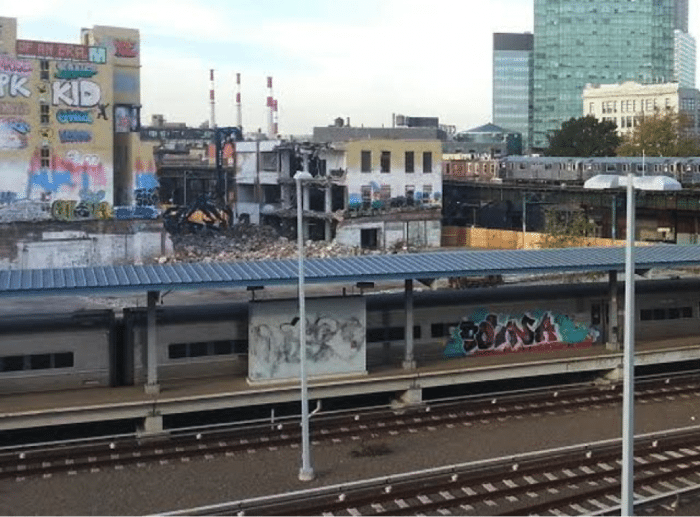

The police were involved as far as guarding the premises, so as to make sure the whitewashing completed. Most recently, cranes and bulldozers have begun to physically demolish the site; and now, luxury artist condos are being offered for “artists” who can afford the life (whereas 5Pointz housed true “starving artists,” who were motivated not by consumption or capitalism, but love and the will to create).
So when a pattern emerged which demonstrated that the police were targeting the underground B-Boys, it became apparent that they were set on a path towards criminalization. The thing about gentrification is, it’s a system—which makes it predictable.
At first, the B-Boys were given warnings. Then they were given tickets. After tickets were issued, police began assigning warrants which would permit arrests. Then the arrests began, and all over the city, well over 300 (the NYC300) rounded up. After the courts could not justify the arrests, as the B-Boys had not physically harmed a passenger, they were released.
However, shortly after the public arrests, the police began to employ undercover cops. The practice of a plainclothes, undercover cop is a Nazi invention identified as the “Gestapo,” which further puts into the question at least the clarity of policing practices. Here’s an instance where an NYPD Officer defends such a practice:
The B-Boys’ charges have always been “wreckless endangerment,” a misdemeanor in New York City. In reality, their “endangerment” was nothing more than expression. But is the equivalence of “endangerment” and “expression” more than mere complaints?
From dancing to singing to drawing, the invisible and underground artistic houses and their respective art have been silently and systematically attacked. The underground graffiti art scene is already changed by virtue of 5Pointz’s theft.
The practice of stealing land or property is a phenomenon which directly connects gentrification to its roots in colonization. The same population (usually, if not always) is benefitting from white privilege and represents a new stratification of wealth. Its presence is deeply implicated in the ghetto—yet also socially, economically and politically separatist although within the same terrain of the Native New Yorkers. The Natives get pushed out, and the colonial population settles. Indeed, New York City’s Black middle class has been in decline, again, as the gentrifying population rises. Harlem has lost its majority Black population. In this regard, the gentrifiers represent the sons and daughter of Columbus, who have already obstructed pre-existing societal infrastructures of the Natives.
In modern (or neo) colonization, the artists are usually the first to go. The artist has always held a responsibility for telling to truth, and for bridging together the disparate individuals of society—to move the people beyond a blindness to which we are ignorant. Artists catalyze change, open hearts, start movements and elevate consciousness.
Gentrification is changing New York City from the inside and the out. On the surface, moms and pops places, coffee shops, bodegas and delis are slowly being replaced by their corporate dopplegangers—to produce an unfair market in which the economic advantages of corporatehood are used to squander small businesses. Usually, a neighborhood is implanted with corporations that directly complete with that neighborhoods’ specialized production: Dunkin’ Donuts replaces donut shops, Subway replaces delis, Duane Reade (a subsidiary of Walgreen’s) replaces the moms and pops. Recently, a Pep Boys opened in Long Island City, which largely specializes in small business automotive companies, thus setting up those New York-based business in competition with a corporate conglomerate, bearing all the privileges of big businesses. This economic invasion guts the neighborhoods’ micro-economy.
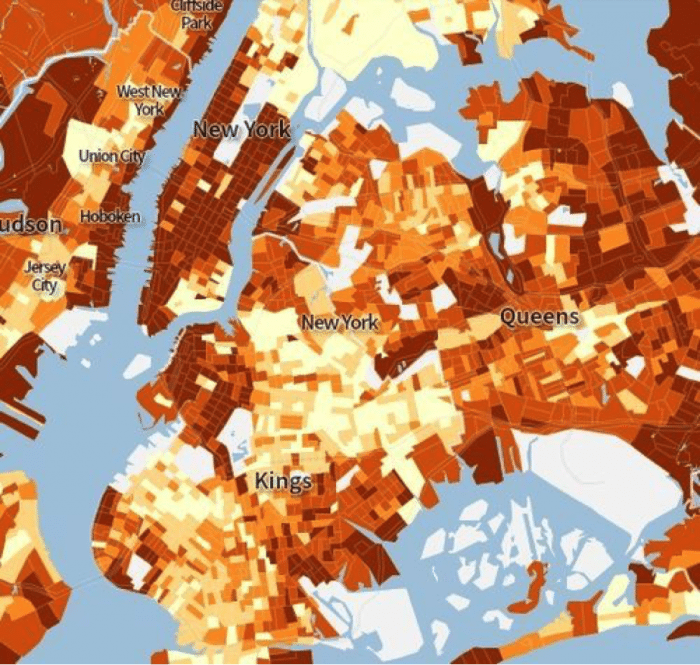

Gentrified NYC: The dark areas show where gentrification – as measured by income – have affected the city; the light areas represent Native New Yorker communities.
The moms and pops stores are really a way to finance Native New York families—to ensure a continuation in honoring the small business. It’s a way to secure New York’s New Yorkness. When the moms and pops go away, the children become in danger. Gentrification has already forcibly moved the Natives out of their neighborhoods. The candle burns at both ends with increased rent—again causal to the gentrifying population.
All of these changes to the business fundamentally change the “face” of New York City. The arrests and erasure of artists and artistry changes its “spirit.” If the artist is not protected, there is no path to voice the injustices which happen everyday, in both visible and invisible ways.
This new series I will be producing on Latino Rebels will involve interviews with artists, activists, politicians and everyday New Yorkers on the subject of gentrification, with a call towards understanding its functions on a city, state, national and international perspective. Gentrification has affected the colored and the poor internationally, too—most notably in the protests of China’s slums around the Olympics and Brazil’s favelas during the World Cup. It has also affected the same population in various U.S. cities, such as San Francisco, Chicago and Minneapolis, among others.
One thing is clear: Gentrification is not an ends, but a means. As a collective (the poor, the tired, the colored) are in the process of what bears eerie parallels to colonization, yet we are not sure to what end or conclusion. All the while figuring out gentrification, our neighborhoods are changing drastically and daily.
Even today, 5Pointz —after having been literally whitewashed, symbolically culturally erased— is now being physically demolished. If the physical site doesn’t exist, then it makes it harder for a continuation of a people (true, non-capitalistic, non-bourgeois artists) to gather and keep the tradition. This is a point of knowledge used in acts of genocide and other structures which move bodies. When the physical site doesn’t exist, it is the people who carry the message. Carrying this message and being a messenger, this gift, this art, is the one thing government misidentifies as “dangerous.” So we are talking not about the criminalization and arrest of a performance and performer, but the spirit and the spirit of New York City.
***
Daniel Vidal Soto grew up in the North Side barrio of Fort Worth, Texas, and spent his childhood summers visiting his family in Acuña, Coahuila, México. In 2008, he won the Loft Literary Center Fellowship in Poetry. He graduated from Macalester College with a degree in English and creative writing. He is an MFA candidate at Long Island University-Brooklyn.



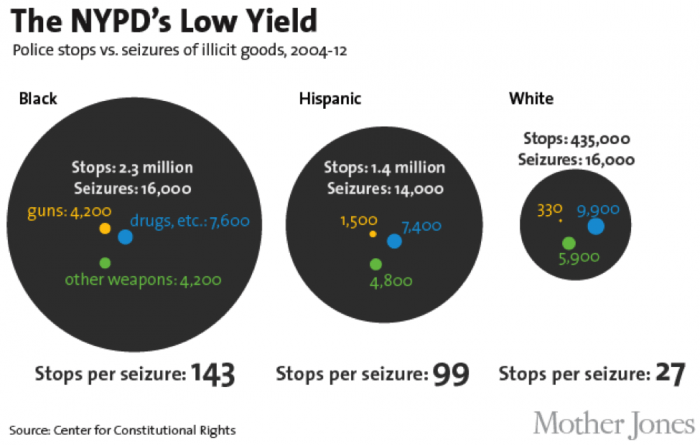
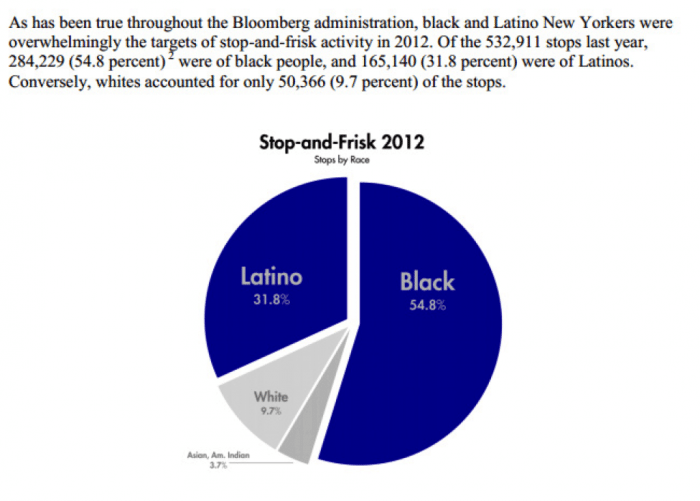
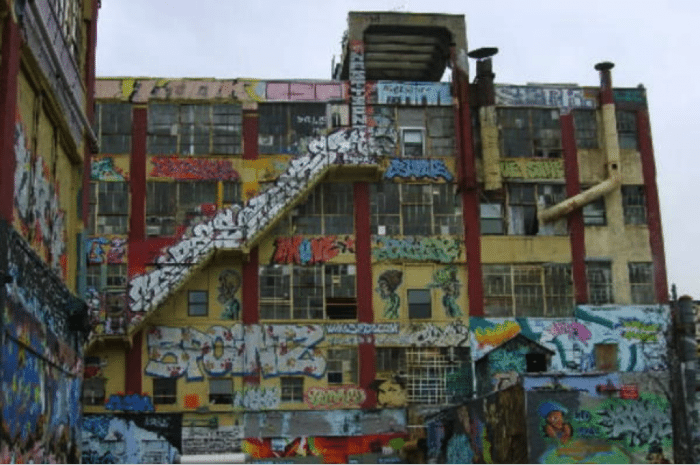
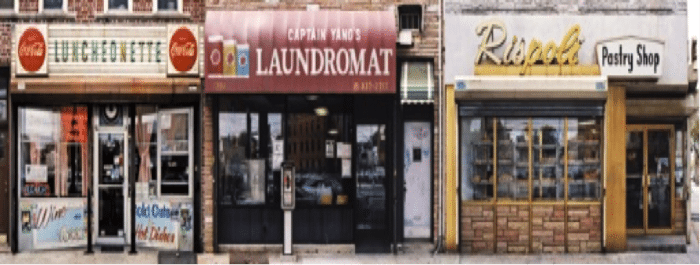
[…] The criminalization of artists —particularly artists of color in respect to the Broken Windows Policy of Stop and Frisk— is not only problematic, but endangers the output of cultural capital. Because New York City remains the United States’ preeminent cultural hearth and has a long standing history for being a house of “American” innovation, its underground’s recent criminalization can be observed along with the general criminalization of people of color during New York City’s gentrification. […]